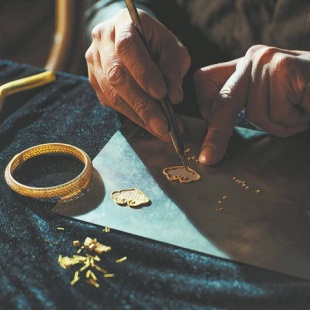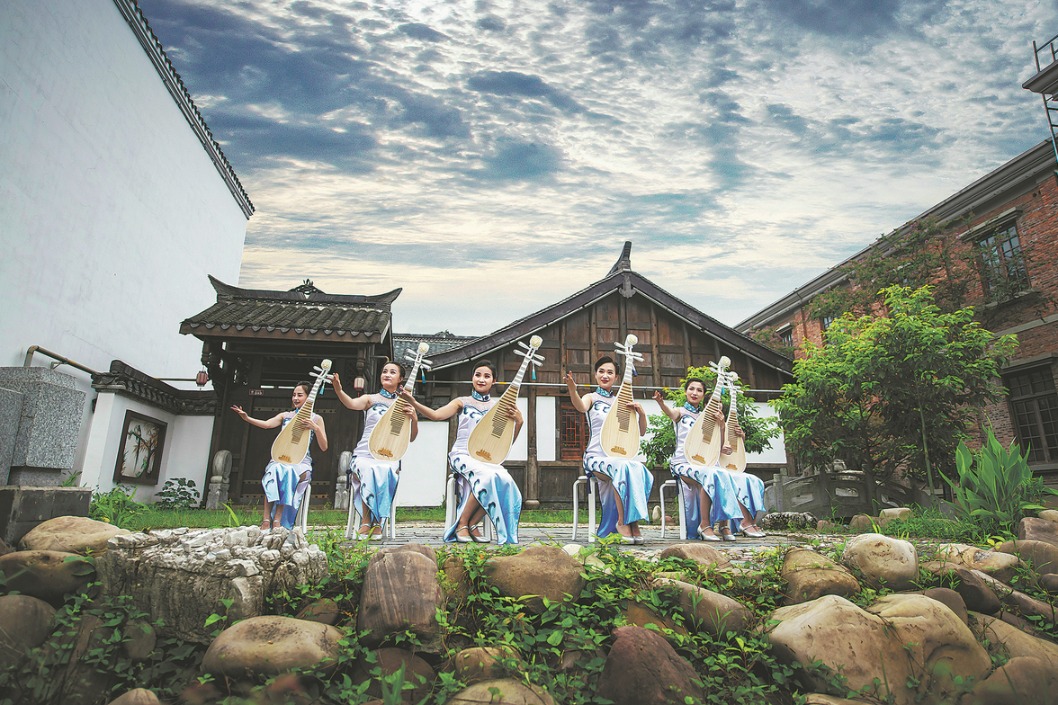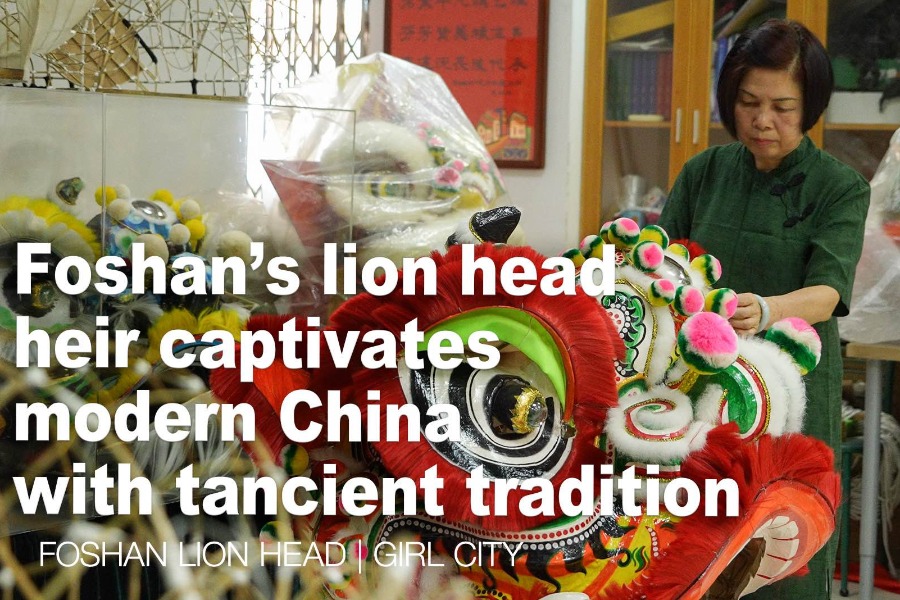Cultural crown jewels


Mi has been in the cloisonne trade for more than six decades, according to Bai, who himself is a national inheritor of the gold lacquer inlaying.
"Gold lacquer inlay involves various intricate techniques such as inlaying, engraving, color painting and embossing," Bai says."These techniques may not sound overly challenging, but when it comes to the innovative fusion with modern products, there is still much exploration to be done, like how to embed natural jade and gems in a very small metal base."
Bai is confident about the future cooperation and looks forward to the application of more traditional crafts and modern technology.
The Beijing eight imperial crafts have stood the test of time, which speaks volumes about the public's recognition of their stunning craftsmanship, Bai says.
They are cultural symbols and, in theory, each of these techniques can potentially achieve cross-disciplinary integration, according to Bai.
"We will initially focus on crafts that are more easily combined with precious metals, such as gold lacquer inlay, filigree inlay, cloisonne and lacquer carving," he says, adding that in the future, techniques like jade carving, as well as traditional practices, such as gold inlay on jade and carved jade techniques, will be explored.
Modern techniques will also be fully leveraged, as the progress of craftsmanship in each dynasty and era has always been achieved through a combination with new tools, which allows for the creation of more exquisite works, Bai explains.
"In today's era, it should be technology that plays a significant role in this process," Bai says.
As traditional intangible cultural heritage, the eight imperial crafts will always rely on manual skill, but entering the market, they need to be combined with modern technology.
To date, Mokingran has been developing an intelligent gold jewelry manufacturing system to improve production efficiency and product quality.
Once the project is fully completed, it will achieve an annual processing capacity of 100 metric tons of gold, according to the company.
Bai says it might realize mass production of such artworks with good quality and make them accessible to more consumers at a cheaper price.
"What we aim to achieve today is to make the intangible cultural heritage more accessible to ordinary people," Bai says.
"In fact, this is also a trend. No matter how sophisticated a traditional intangible cultural heritage may be, it must be integrated into modern life, into the current era, and into the mainstream consumer groups, so it will have opportunities to continue to thrive."





































